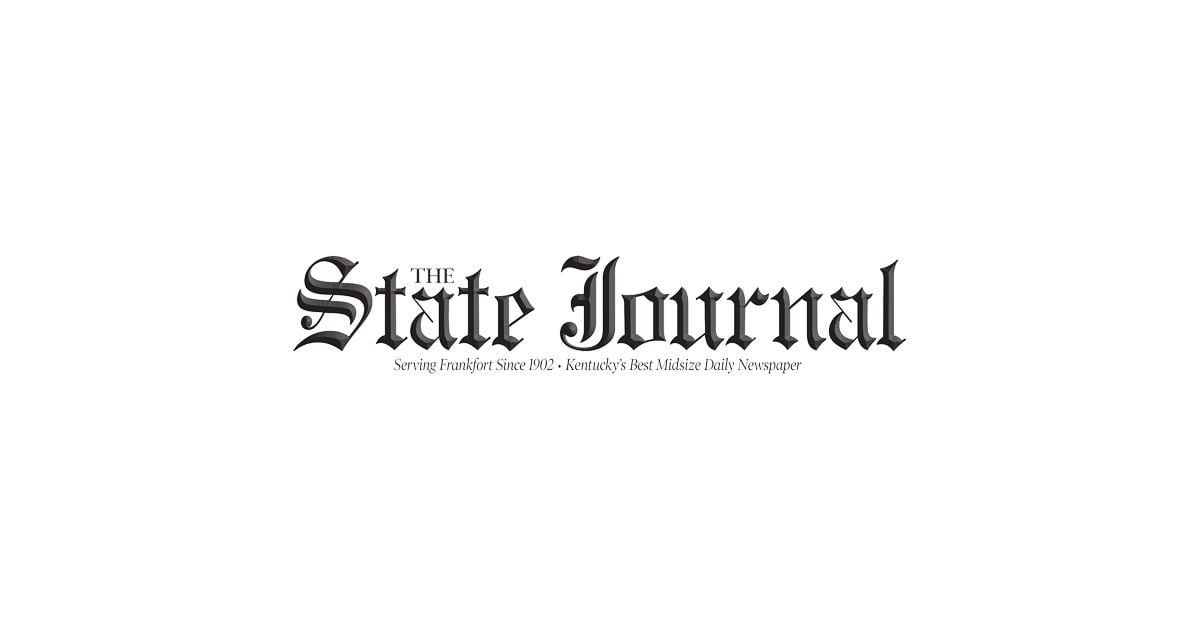Unsecured personal loans are considered installment loans. That means you can borrow a certain amount of money for any purpose and pay monthly fixed installments with interest.
Unsecured and Secured Personal Loans: How Are They Different?
The main difference between unsecured and secured personal loans is the need for collateral. The former do not require you to pledge an asset as collateral, while the latter do. These loans also differ in total loan cost, application process, loan terms and requirements.
The annual percentage rate (APR) of secured personal loans is lower than that of unsecured personal loans. This is because there is less risk to the lender. If the borrower defaults on the loan, the lender can repossess the collateral deposited by the borrower.
How do you qualify for an unsecured loan? Simply go to https://oakparkfinancial.com/ for more details.
Are you considering taking out an unsecured personal loan? There are many credible lenders such as Credit Ninjathat can help you get a low APR.
How to Qualify for an Unsecured Personal Loan
Lenders want to be sure that you can make repayments on time. Therefore, they evaluate the following factors before approving your application:
credit-worthiness
Credit scores help predict the likelihood of loan repayment. Also, if you have great credit, you can qualify for a larger loan amount (with low interest rates). However, bad credit does the opposite.
income
Your income can also help lenders measure the risk of lending you money. If you make enough money, the lenders will most likely approve your application.
Debt-Income Ratio
The debt-to-income ratio compares your income to your monthly debt. Lenders use this ratio to assess your ability to process a new loan. So the lower your debt-to-income ratio, the better your chances of getting approval.
Benefits of Taking Out an Unsecured Personal Loan
Unsecured personal loans are known for do not require any collateral. But there is more to this type of loan. Below are some of the benefits of unsecured personal loans:
-
Unsecured personal loans can be used to pay various types of expenses, such as: B. Unexpected repairs and major purchases;
-
This type of loan usually comes with fixed monthly payments and interest rates that make it easier for you to manage your debt.
-
Unsecured personal loan lenders usually offer flexible repayment terms. These terms usually range from 12 to 84 months. So you have the freedom to choose the most suitable repayment period for you;
-
With unsecured personal loans, you can choose between different loan amounts. The range can range from $ 1,500 to $ 100,000 or even larger.
Pay attention to these factors
Many opt for an unsecured personal loan. However, there are a few important things to look out for:
interest
As mentioned earlier, unsecured personal loans tend to have higher interest rates compared to secured personal loans because of the risk they pose to lenders. If you default on the loan, you have no assets to repossess. Hence, they charge a higher interest rate to make up for the lack of collateral.
Origination fees
Some lenders charge origination fees. These fees are the cost of processing the loan application. They are usually around 1 to 6 percent of your loan amount.
Prepayment penalties
Some lenders charge early repayment penalties, which are penalties for paying your loan before it is due. However, with some lenders, paying your loan earlier can help save money on interest rates. So it would be helpful to know if your lender has any prepayment penalties.
To summarize it
Unsecured loans are a great way to get the money you need. However, because they do not require collateral, the interest rates are often higher than those on secured personal loans. It is best to critically evaluate your needs and the current financial situation before opting for an unsecured personal loan.
